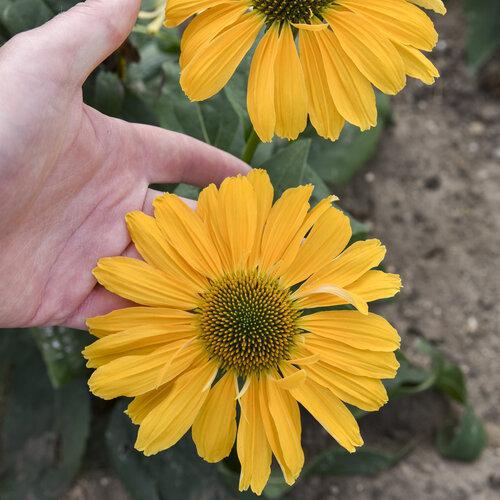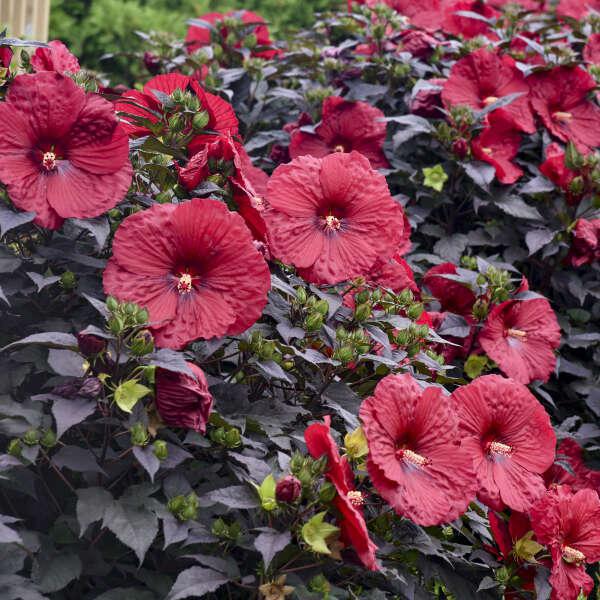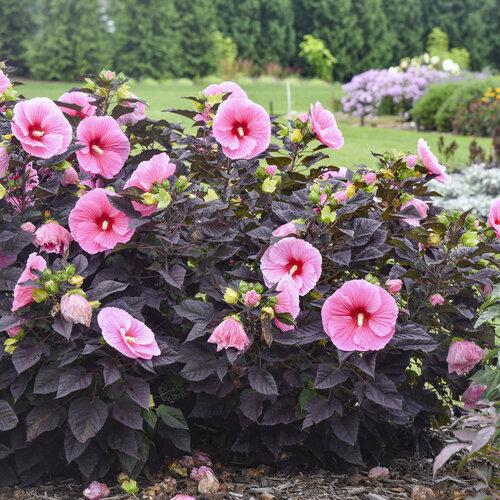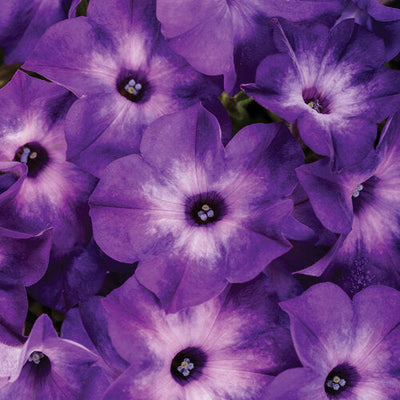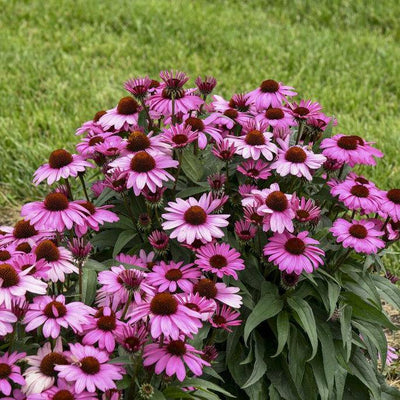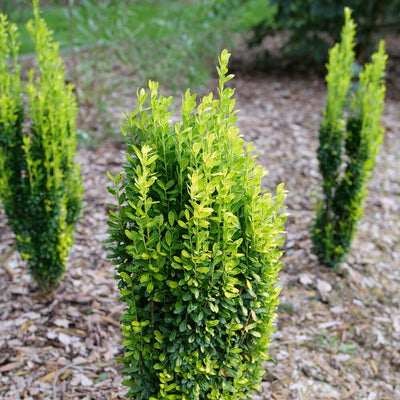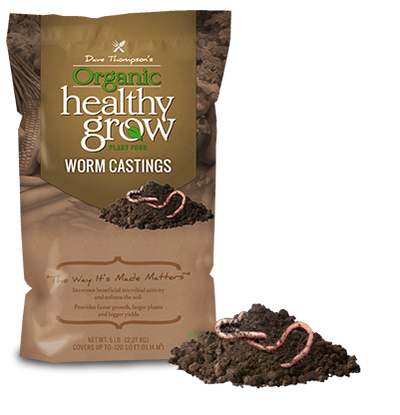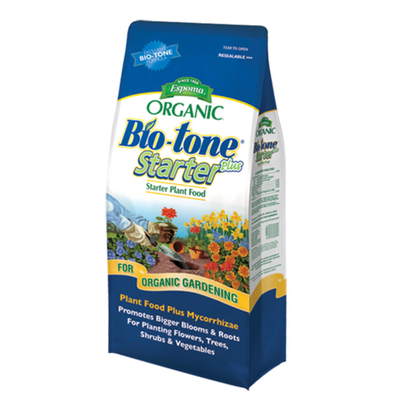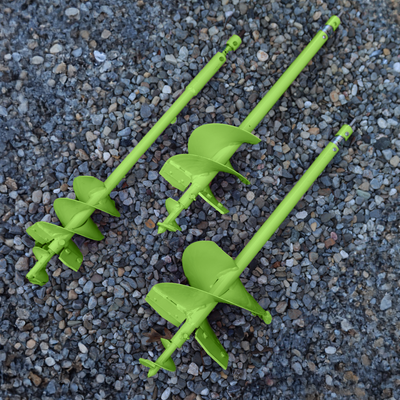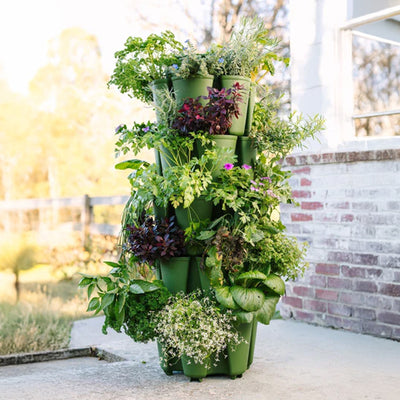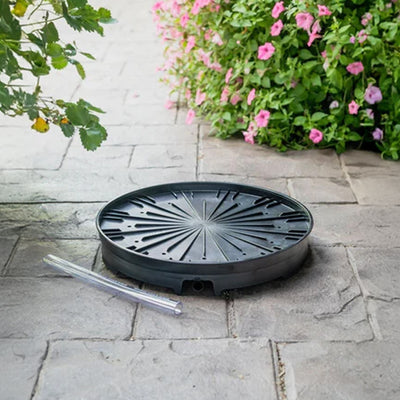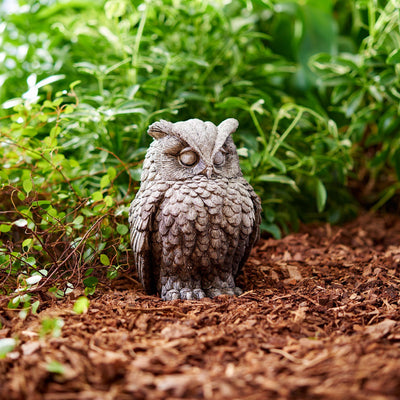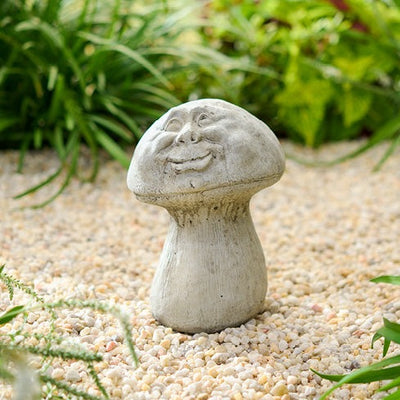Welcome, friends, to "Gardening with Creekside." Today, we find ourselves at the chicken coop, where the cheerful sounds of our feathered friends can be heard, serenading us with what we affectionately call "The Egg Song." You see, when a chicken lays an egg, it's a moment of pride, and they express it through their melodious song. The timing couldn't be better, as we are here to plant two different varieties of hydrangeas and a butterfly bush.
It's worth noting that despite being just a week away from Christmas, the advantage of living in the South, specifically North Carolina, is that we can continue planting a variety of plants even during the winter season. This time of year is ideal for establishing the roots of trees and shrubs before the scorching heat of the Southern summer arrives. In North Carolina, particularly in Zone 8A (I recently moved up from 7B), we don't fret about harsh winters. Instead, our concern lies with the intense heat and humidity that can stress our plants during the summer months, from mid-July to mid-September.
Now, you might wonder why we choose to plant in December. Well, the temperatures are cool, the ground retains some warmth, and there's more consistent rainfall, reducing the need for constant watering compared to planting in the scorching months of May, June, or July. So, let's dive into our gardening plans for today.
First, let me introduce you to our lovely chicken coop residents. They're happily enjoying some leftover pumpkins from Thanksgiving. Now, onto our planting agenda. Earlier in the summer, around July, we planted three puffer fish hydrangeas. They were thriving, full of blooms, and absolutely stunning. However, I made the mistake of planting them near the chicken coop, forgetting about the challenges posed by the summer heat and humidity. Unfortunately, two of them didn't make it, succumbing to these conditions.
So, today's mission involves replacing one of the lost puffer fish hydrangeas with another one. Puffer fish hydrangeas are a new introduction from Proven Winners, known for their lush panicles. They're hardy in Zones 3 to 8 and reach a height of 3 to 5 feet, making them perfect for our garden. To complement the puffer fish hydrangeas, we'll also be planting a Pinky Winky Prime hydrangea, known for its larger and more abundant white cone-shaped flowers that turn a vibrant pink and red. However, achieving that beautiful pink color can be challenging in our Southern climate due to our warm nights.
Moving forward, our garden plans involve creating a beautiful ensemble of four panicle hydrangeas, including the puffer fish and Pinky Winky Prime, near what we affectionately call "hydrangea hill." This cluster of hydrangeas will be a delightful addition to our garden.
Additionally, we'll be planting a beloved butterfly bush named "Pugster Pinker." While it may look a bit weary now, rest assured, it's a fantastic petite butterfly bush. Butterfly bushes are known for their hardiness, and they'll keep their foliage throughout the winter. Proper planting and pruning techniques will ensure they thrive.
As for the maintenance of our hydrangeas, we'll prune them carefully to encourage sturdy stems, which will help them support their beautiful blooms. Pruning is essential for panicle hydrangeas, but it should be done cautiously.
We've also taken the time to set up some bird feeders and have planted a climbing hydrangea near an oak tree, anticipating a beautiful relationship between the two.
In conclusion, today has been a productive day at the chicken coop, as we accomplished our planting goals and tackled other garden-related tasks. We hope you found this video informative, inspiring, and enjoyable. Thank you for joining us in "Gardening with Creekside," and we look forward to seeing you in our next video. Goodbye!
